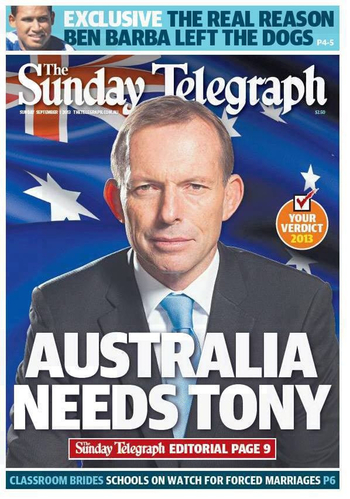 I’ve finally wrapped up my Nokia Lumia 925 / Windows Phone 8 trial. I’m impressed with both the phone and the operating system, but is it too little too late for both Nokia and Microsoft? Who knows? I’ve made a video! You can scroll down for that.
I’ve finally wrapped up my Nokia Lumia 925 / Windows Phone 8 trial. I’m impressed with both the phone and the operating system, but is it too little too late for both Nokia and Microsoft? Who knows? I’ve made a video! You can scroll down for that.
That possible problem with Wi-Fi dropouts that I detailed last time? I couldn’t reproduce it with the replacement handset — or at least not in a way that couldn’t also be explained by the swirling electromagnetic soup in the vicinity of my desk and all the wireless devices thereupon — so let’s just write that off as a false alarm.
So where does that leave us?
Well, to reiterate, the Nokia Lumia 925 is a nice piece of kit, in keeping with the best traditions of the brand. Windows Phone 8 is also a solid forward-looking operating system. I’d been told about Windows 8’s design heritage at TechEd on the Gold Coast last year. Now, having used it for a month, I can see where it’s heading. App developers should be able to do good things with it.
But with both Nokia smartphones and Windows Phone 8 having such a tiny market share, will it all have been in vain? Has the flood of iOS and Android mobile devices taught the business world that, no, they’re not actually shackled to Microsoft’s products after all? That there are other ways of doing things? And that “producing documents” isn’t actually the purpose of business?
Sometimes when I look at Microsoft’s strategy with Nokia, or the previous one when they inserted Yahoo! into Bing, that the two potentially troubled companies are clutching to each other in terror as they plunge, each hoping the other brought a parachute. And maybe they have. But all the talk I’ve heard so far is your common or garden variety corporate waffle. Good luck, guys.
The only other loose end is to post the video I shot. And here it is. Over the fold is the full 16-minute video Strathfield to Central, shot on the Nokia Lumia 925 at full 1080p resolution, and all other video settings on their defaults.
Continue reading “Nokia Lumia 925 and Windows Phone 8 trial: Day 39”


